Long-Fermented Sourdough Chocolate Cake (moist and fluffy!)

My first love of baking began as a cake baker and decorator, and nothing feels quite as indulgent as a tender slice of chocolate cake with a cloud of fluffy buttercream. Once I discovered sourdough, I became fascinated with bringing the same fermentation magic into my cakes. After plenty of testing (and a few tears), I finally perfected this Long-Fermented Sourdough Chocolate Cake- a recipe that’s moist, fluffy, and rich, with all the added benefits of sourdough starter and fermentation.
Why You’ll Love This Recipe:
This recipe will guide you through the process of making a long-fermented cake batter that will yield a moist, tender cake that lasts for days. Dutch-process cocoa and espresso work to give this cake that ultra-rich chocolate flavor, while sour cream and oil lock in that moisture and tender crumb. Paired with an easy chocolate buttercream that comes together using simple ingredients, this is the last sourdough chocolate cake recipe you’ll ever need (or want!).
Why Use Sourdough Starter in this Sourdough Chocolate Cake?
Using sourdough discard in this Long-Fermented Sourdough Chocolate Cake enhances moisture retention and makes the crumb softer and more tender. The fermentation process also helps break down gluten, making this loaf easier to digest for those sensitive to gluten.
As an amazon affiliate, this post may contain affiliate links. Which means I may receive a commission for qualifying purchases. I will only recommend products that I personally love and use.
Tools You’ll Need:
• Mixing bowls (large and medium)- for mixing batter and frosting. You can also use your stand mixer bowl for the frosting if you wish.
• Whisk- for combining ingredients.
• Kitchen scale (optional)– for accurate measuring, especially helpful with sourdough baking.
• Measuring cups and spoons- if not using a scale and for smaller ingredients.
• Cake pans– two 9-inch round pans or one 9×13-inch pan (I love these 9 inch cake pans linked here for even baking https://amzn.to/4iwpJMH or this 9×13 USA pan for sheet cakes https://amzn.to/4iPzJQO).
• Parchment paper- (optional) for lining pans. This really helps the cake release cleanly from the pan. Cut a circle to fit the bottom.
• Hand beaters or stand mixer- to whip frosting.
• Cooling rack- for cooling cakes.
• Toothpick or cake tester- to test when cake is done.
• Offset spatula– for spreading frosting on cake.
• Fine-mesh sieve or sifter- for sifting cocoa and powdered sugar to avoid grainy frosting.
• Pastry bags and decorating tips (optional)– for adding decorations to the cake. If you’re new to cake decoration, this set linked here has pastry bags and an assortment of classic tips to choose from.
• Cake stand or platter– for serving cake.
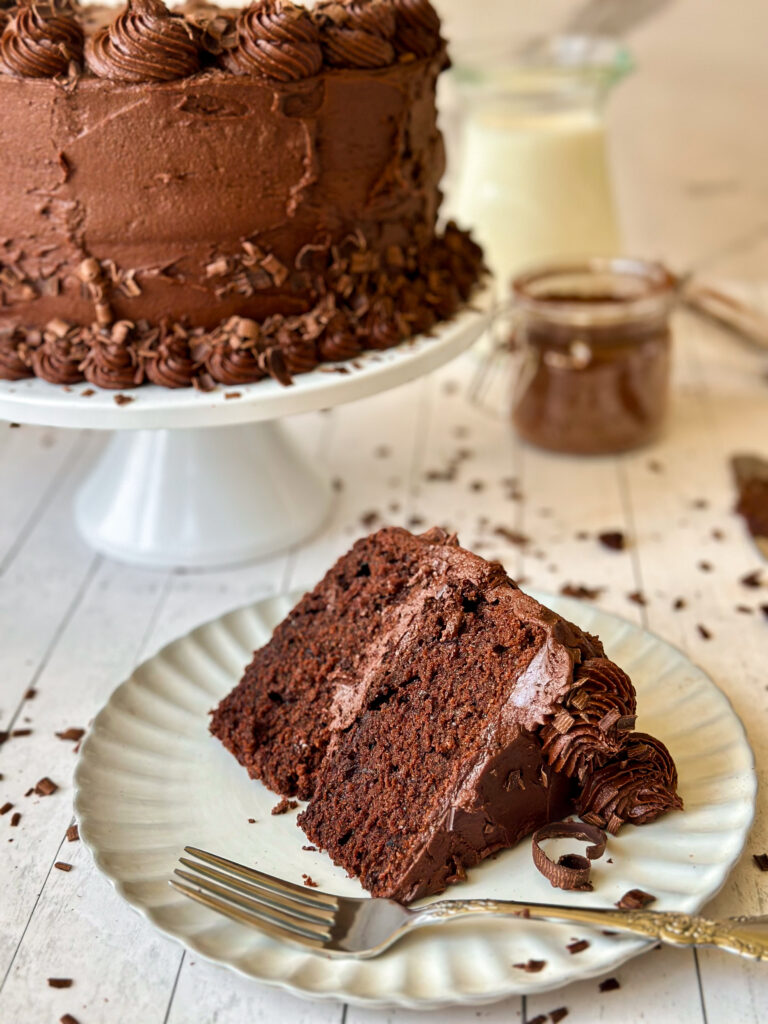
Gather Your Ingredients:
Sourdough starter- (flat or past peak, can be cold or room temperature). Adds depth of flavor and moisture without making this cake “sour”. Key for fermentation.
All-purpose flour- Gives cake structure and keeps the crumb tender. You can also substitute for cake flour.
Buttermilk or milk- Lightens the batter and keeps the crumb soft. I personally highly recommend using buttermilk, the texture and tenderness is so lovely. If you don’t have it though, you can substitute with whole milk.
White sugar– Sweetens the cake and balances out the chocolate.
Vanilla extract– Enhances the flavor and brings warmth. Used in the cake and the icing.
Eggs + egg yolks (room temperature)– provide structure and lift with moisture, works as a binder for ingredients. The extra yolks work as a fat binder and bring extra richness to the cake.
Baking powder + Baking soda– Ensures the right rise and tenderness.
Salt- Balances sweetness and enhances all the other flavors. You’ll need this for the cake and the frosting.
Sour Cream– Adds moisture and richness while balancing acidity.
Avocado Oil- Adds moisture and keeps the cake soft and tender. You can substitute for any neutral cooking oil.
Unsalted Butter- Adds flavor and richness to the cake. Works as the base of the buttercream frosting.
Dark or Dutch-Process Cocoa- The cocoa in this cake is how it achieves that rich chocolate flavor. I recommend dark or Dutch-process for that rich chocolate taste.
Espresso Powder or Coffee– Intensifies the chocolate without tasting like coffee. You’ll use this in the cake and the frosting, but you can skip this if you’re sensitive to caffeine. Simply omit from the frosting and use warm water in the cake instead. I love this espresso powder linked here from King Arthur for all my baking needs.
Semi-Sweet Chocolate Chips- Brings that glossy, fudge-like richness to the frosting.
Powdered Sugar- Sweetens and stabilizes the buttercream. Do not use granulated sugar or your icing will be grainy.
Heavy Cream- Whips into the buttercream for a silky finish.
Now let’s bake a cake!
Instructions
Step 1: Mix Fermented Base
The night before you want to bake your cake, ferment the base of your batter. In a bowl, combine with a whisk the flour, cocoa powder, sourdough discard, white sugar, sour cream, buttermilk or milk, and 1/2 cup of avocado oil (reserve 1/4 cup for later).
Cover the bowl with plastic wrap, and refrigerate overnight. This step is key in your fermentation process. If you want to shorten your fermentation time, you can allow the batter to rest for 4 hours at room temperature for a same day bake. I don’t advise leaving this batter at room temperature overnight, its too hydrated and will overproof.

Step 2: Finish Mixing Batter
The next day, remove bowl of batter from refrigerator and allow to rest on the counter for roughly 4 hours. This is a key step to achieving a tender crumb, don’t skip this step! If you like temperature cues, the temperature of the batter should read roughly 70 F before proceeding.
If you allowed batter to rest on the counter and did not refrigerate or you’re doing a quick bake, skip this step of resting.
In a medium mixing bowl, add your eggs and egg yolks. Add the remaining 1/4 cup of avocado oil and your melted butter (slightly cooled). Whisk this mixture together until pale and smooth. Set aside.
Next, brew the amount of coffee you need or mix your hot water and espresso powder together. Set this aside.
To the bowl of your base batter, add the egg/oil/butter mixture. Whisk until smooth or use hand mixers ON LOW to incorporate the batter. To avoid a tight and tough cake, mix ingredients as gently as possible. This means mix until just incorporated and if using hand beaters, use the lowest setting.
Sprinkle baking powder, baking soda, and salt into the batter. Mix until just combined.
Lastly, pour the hot coffee or espresso into the batter and mix until just combined.
Please see the following pictures for the correct set of steps and for visual cues on how your batter should look at each stage.

Step 3: Bake Cakes
Preheat oven to 350°F (175°C). Grease and lightly flour two 9-inch pans or one 9×13 baking pan. I strongly recommend lining the very bottom of the pan with parchment paper at this time, this helps the cake release evenly.
Baker’s Tip: If you aren’t sure how to line the bottom of your cake pan with parchment, simply place your cake pan on a sheet of parchment and draw along the edge to form the shape you need. Cut and place at the bottom of your pan.
If using 2 9-inch cake pans, divide batter evenly between the two pans. This should roughly be 2 1/4 cups batter per pan. If using a sheet pan, pour all of the batter into the pan.

Set your timer for 40 minutes. Check cake at 40 minutes, inserting a toothpick to check doneness. This cake takes me anywhere between 40-45 minutes to be done. When the cake is done, a toothpick should come out with a few moist crumbs but not with wet batter. When you touch the top of the center of the cake, it should be firm and not overly glossy. Internal temperature should be between 200-210 F in the center.
Note: If chocolate cake is under done, when cake is removed from heat the center will fall. If you overbake the cake, it will err on the side of being dry. Go slow and check frequently after the 40 minute mark to ensure the cake is baked properly without losing moisture. Use the notes above to make sure cake is baked correctly.
When cakes are done cool slightly in pans, then turn out onto racks. Allow to cool completely. If desired, trim any uneven tops and wrap in plastic. Freeze cake while you prepare your frosting.
Step 4: Make Chocolate Buttercream
In a microwave safe bowl, melt chocolate chips. Heat at 30 second intervals, stirring between. You want chocolate to be melted and smooth. I achieved this consistency with 3 30-second intervals in the microwave. Be careful overheating your chocolate or it will stiffen and be hard to work with. Allow to cool.
In a stand mixer or a large bowl, add your butter. Cream on high for 3-4 minutes until pale and fluffy. Sift in cocoa powder, and add salt and espresso powder to frosting if using. Whip on medium high until frosting is smooth.
Add cooled melted chocolate to the frosting. Whip on high until frosting is glossy and smooth.
Add sifted powdered sugar to icing. Beat sugar into icing. At this point the icing may look very stiff. Don’t worry!
Add vanilla and half of the cream to the icing. Whip on high until frosting starts to become light and fluffy. Add remaining cream in 1 Tablespoon intervals until the frosting has achieved your desired consistency. Chill for a few minutes in the refrigerator if icing is very soft. It won’t need long, so keep an eye on it.

Step 5: Frost Chocolate Cake
For a two-tier cake: If frosting a two-tier cake, remove cakes from the freezer, and place 1 cake upside down on cake stand. I like to put a dollop of icing on the cake stand first to help the cake stick to the stand. Use half of the chocolate icing to frost the 1st layer of cake.
When first layer of cake is smoothly covered in icing, place second layer upside down on top of the first. Use remaining frosting to cover the top and sides of the second layer, leaving some left over icing if you want to pipe any decorative details. I piped small swirls around the base of my cake and on the top, then garnished with shaved chocolate.
For a single sheet cake: turn cake upside down onto serving platter. Spread frosting over the top and sides of the entire cake, smoothing with a spatula. Decorate cake if desired with left over frosting and shaved chocolate.
Slice cake and serve!
Yields 2 9 inch cakes or 1 9×13 cake
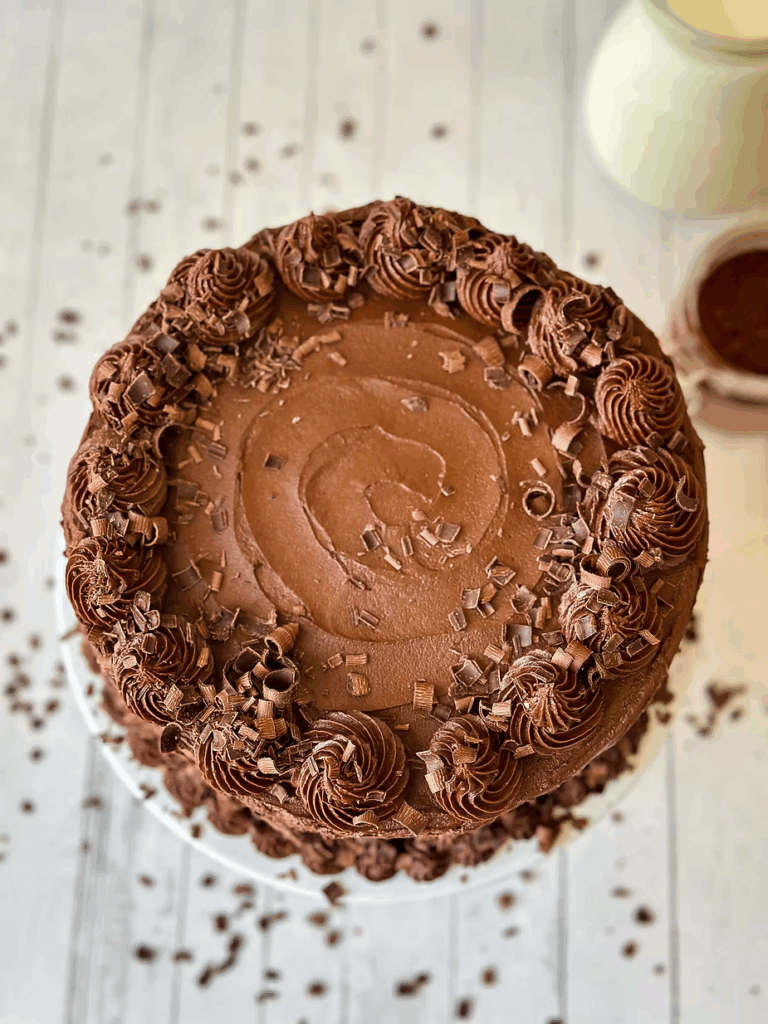
How to Store:
Room Temperature– store at room temperature in airtight container or stand with lid for up to 3 days.
Refrigerator– store in airtight container for up to 5 days. Bring to room temperature before serving.
Freezer– Wrap unfrosted cakes tightly in plastic, freeze up to 2 months. Thaw overnight in refrigerator when ready to use. Frost and serve cake.
FAQ’S:
Can I skip the overnight ferment?
Yes! You can bake same-day. But the overnight rest improves texture, flavor, and digestion.
What if I don’t have Dutch-process cocoa?
You can use natural cocoa, but the flavor will be sharper and the color lighter.
Long-Fermented Sourdough Chocolate Cake (moist and fluffy!)
Equipment
- 3 Mixing bowls
- Whisk
- Kitchen scale (optional)
- Measuring cups and spoons
- Cake pans (2 9 in round pans or 1 9×13 pan)
- Parchment paper (optional- to line pans)
- Hand beaters or stand mixer
- Cooling rack
- Toothpick or cake tester
- Offset spatula (optional- for icing cake)
- Sieve or sifter
- Cake stand or platter
- Pastry bags and tips (optional- for decorating cake)
Ingredients
Long-Fermented Sourdough Chocolate Cake
Wet Ingredients:
- 1/2 cup (120g) sourdough discard
- 2 cups (400g) granulated sugar
- ⅔ cup (160g) full-fat sour cream
- 1 cup (240g) whole milk or buttermilk
- 3/4 cup (165g) avocado oil (hold back 1/4 cup for egg emulsion)
- 2 large eggs room temp
- 2 large egg yolks room temp
- ¼ cup (56g) unsalted butter melted & slightly cooled
- 2 teaspoons vanilla extract
- ¼ cup (80g) hot water or brewed coffee slightly cooled
- ¼ teaspoon instant espresso powder
Dry Ingredients:
- 2 ¾ cups (325g) all-purpose flour
- ¾ cup (64g) Dutch-process cocoa powder
- 1 ½ teaspoons baking powder
- ½ teaspoon baking soda
- 1 teaspoon fine sea salt
Fudgy Whipped Buttercream
Ingredients:
- 8 oz (226g) good-quality dark or semisweet chocolate chips
- 1 cup (226g) unsalted butter room temp
- ½ cup (50g) Dutch-process cocoa powder
- ½ teaspoon fine sea salt
- ¼ teaspoon espresso powder optional
- 3 ½ cups (420g) powdered sugar sifted
- ½ cup (120g) heavy cream cold
- 2 teaspoons vanilla extract
Instructions
Step 1: Mix Fermented Base
- The night before you want to bake your cake, ferment the base of your batter. In a bowl, combine with a whisk the flour, cocoa powder, sourdough discard, white sugar, sour cream, buttermilk or milk, and 1/2 cup of avocado oil (reserve 1/4 cup for later).1/2 cup (120g) sourdough discard, 2 cups (400g) granulated sugar, ⅔ cup (160g) full-fat sour cream, 1 cup (240g) whole milk or buttermilk, 3/4 cup (165g) avocado oil (hold back 1/4 cup for egg emulsion), 2 ¾ cups (325g) all-purpose flour, ¾ cup (64g) Dutch-process cocoa powder
- Cover the bowl with plastic wrap, and refrigerate overnight. This step is key in your fermentation process. If you want to shorten your fermentation time, you can allow the batter to rest for 4 hours at room temperature for a same day bake. I don’t advise leaving this batter at room temperature overnight, its too hydrated and will overproof.
Step 2: Finish Mixing Batter
- The next day, remove bowl of batter from refrigerator and allow to rest on the counter for roughly 4 hours. This is a key step to achieving a tender crumb, don’t skip this step! If you like temperature cues, the temperature of the batter should read roughly 70 F before proceeding.
- If you allowed batter to rest on the counter and did not refrigerate or you’re doing a quick bake, skip this step of resting.
- In a medium mixing bowl, add your eggs and egg yolks. Add the remaining 1/4 cup of avocado oil and your melted butter (slightly cooled). Add vanilla. Whisk this mixture together until pale and smooth. Set aside.2 large eggs, 2 large egg yolks, ¼ cup (56g) unsalted butter, 2 teaspoons vanilla extract
- Next, brew the amount of coffee you need or mix your hot water and espresso powder together. Set this aside.¼ cup (80g) hot water or brewed coffee, ¼ teaspoon instant espresso powder
- To the bowl of your base batter, add the egg/oil/butter mixture. Whisk until smooth or use hand mixers ON LOW to incorporate the batter. To avoid a tight and tough cake, mix ingredients as gently as possible. This means mix until just incorporated and if using hand beaters, use the lowest setting.
- Sprinkle baking powder, baking soda, and salt into the batter. Mix until just combined.1 ½ teaspoons baking powder, ½ teaspoon baking soda, 1 teaspoon fine sea salt
- Lastly, pour the hot coffee or espresso into the batter and mix until just combined.
Step 3: Bake Cakes
- Preheat oven to 350°F (175°C). Grease and lightly flour two 9-inch pans or one 9×13 baking pan. I strongly recommend lining the very bottom of the pan with parchment paper at this time, this helps the cake release evenly.
- If using 2 9-inch cake pans, divide batter evenly between the two pans. This should roughly be 2 1/4 cups batter per pan. If using a sheet pan, pour all of the batter into the pan.
- Set your timer for 40 minutes. Check cake at 40 minutes, inserting a toothpick to check doneness. This cake takes me anywhere between 40-45 minutes to be done. When the cake is done, a toothpick should come out with a few moist crumbs but not with wet batter. When you touch the top of the center of the cake, it should be firm and not overly glossy.
- Note: If chocolate cake is under done, when cake is removed from heat the center will fall. If you overbake the cake, it will err on the side of being dry. Go slow and check frequently after the 40 minute mark to ensure the cake is baked properly without losing moisture. Use the notes above to make sure cake is baked correctly.
- When cakes are done cool slightly in pans, then turn out onto racks. Allow to cool completely. If desired, trim any uneven tops and wrap in plastic. Freeze cake while you prepare your frosting.
Step 4: Make Chocolate Frosting
- In a microwave safe bowl, melt chocolate chips. Heat at 30 second intervals, stirring between. You want chocolate to be melted and smooth. I achieved this consistency with 3 30-second intervals in the microwave. Be careful overheating your chocolate or it will stiffen and be hard to work with. Allow to cool.8 oz (226g) good-quality dark or semisweet chocolate chips
- In a stand mixer or a large bowl, add your butter. Cream on high for 3-4 minutes until pale and fluffy.1 cup (226g) unsalted butter
- Sift in cocoa powder, and add salt and espresso powder to frosting if using. Whip on medium high until frosting is smooth.½ cup (50g) Dutch-process cocoa powder, ½ teaspoon fine sea salt, ¼ teaspoon espresso powder
- Add cooled melted chocolate to the frosting. Whip on high until frosting is glossy and smooth.
- Add sifted powdered sugar to icing. Beat sugar into icing. At this point the icing may look very stiff. Don’t worry!3 ½ cups (420g) powdered sugar
- Add vanilla and half of the cream to the icing. Whip on high until frosting starts to become light and fluffy. Add remaining cream in 1 Tablespoon intervals until the frosting has achieved your desired consistency. Chill for a few minutes in the refrigerator if icing is very soft. It won’t need long, so keep an eye on it.2 teaspoons vanilla extract, ½ cup (120g) heavy cream
Step 5: Frost Chocolate Cake
- For a two-tier cake: If frosting a two-tier cake, remove cakes from the freezer, and place 1 cake upside down on cake stand. I like to put a dollop of icing on the cake stand first to help the cake stick to the stand. Use half of the chocolate icing to frost the 1st layer of cake.
- When first layer of cake is smoothly covered in icing, place second layer upside down on top of the first. Use remaining frosting to cover the top and sides of the second layer, leaving some left over icing if you want to pipe any decorative details. I piped small swirls around the base of my cake and on the top, then garnished with shaved chocolate.
- For a single sheet cake: turn cake upside down onto serving platter. Spread frosting over the top and sides of the entire cake, smoothing with a spatula. Decorate cake if desired with left over frosting and shaved chocolate.
- Slice cake and serve!
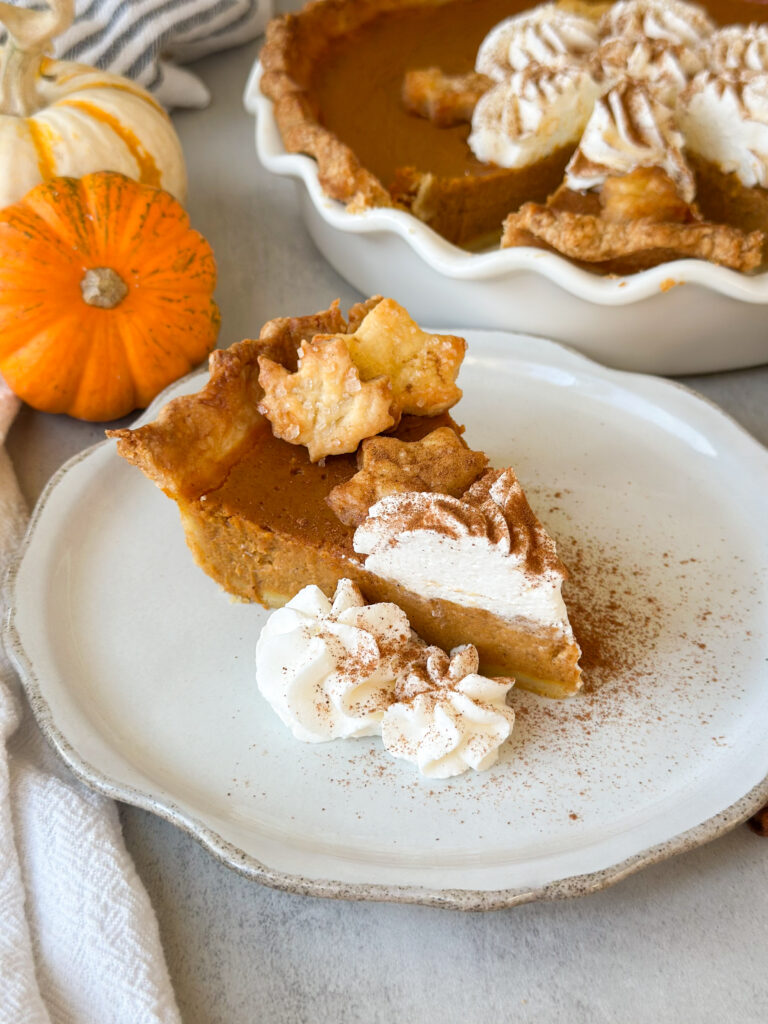
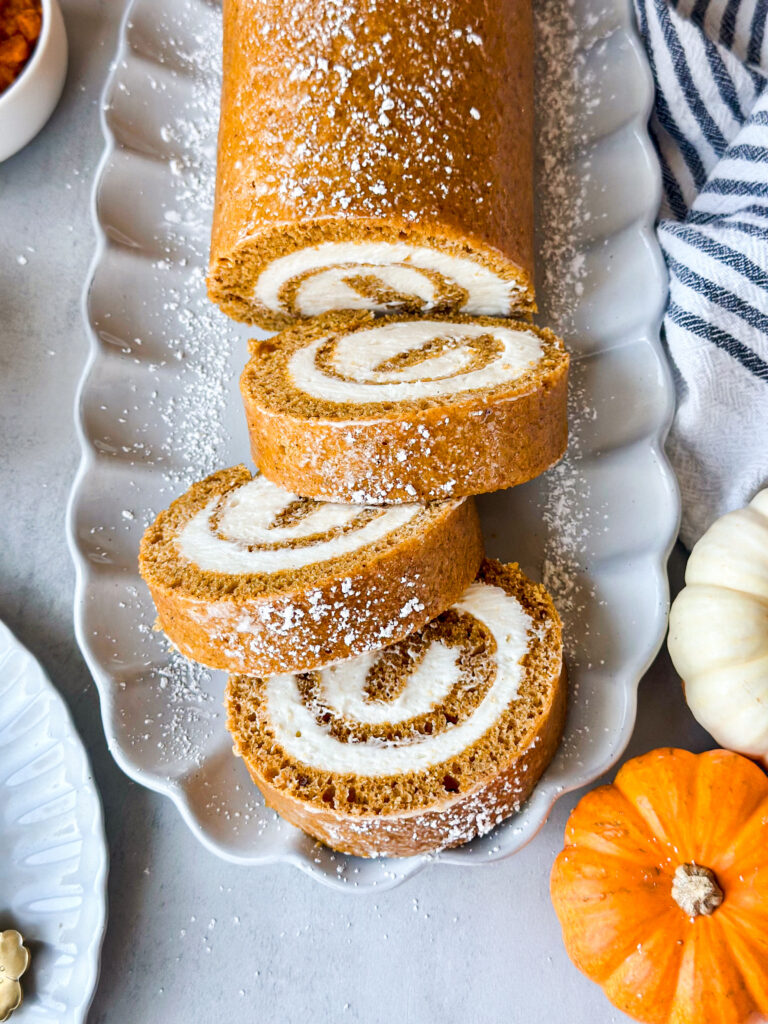
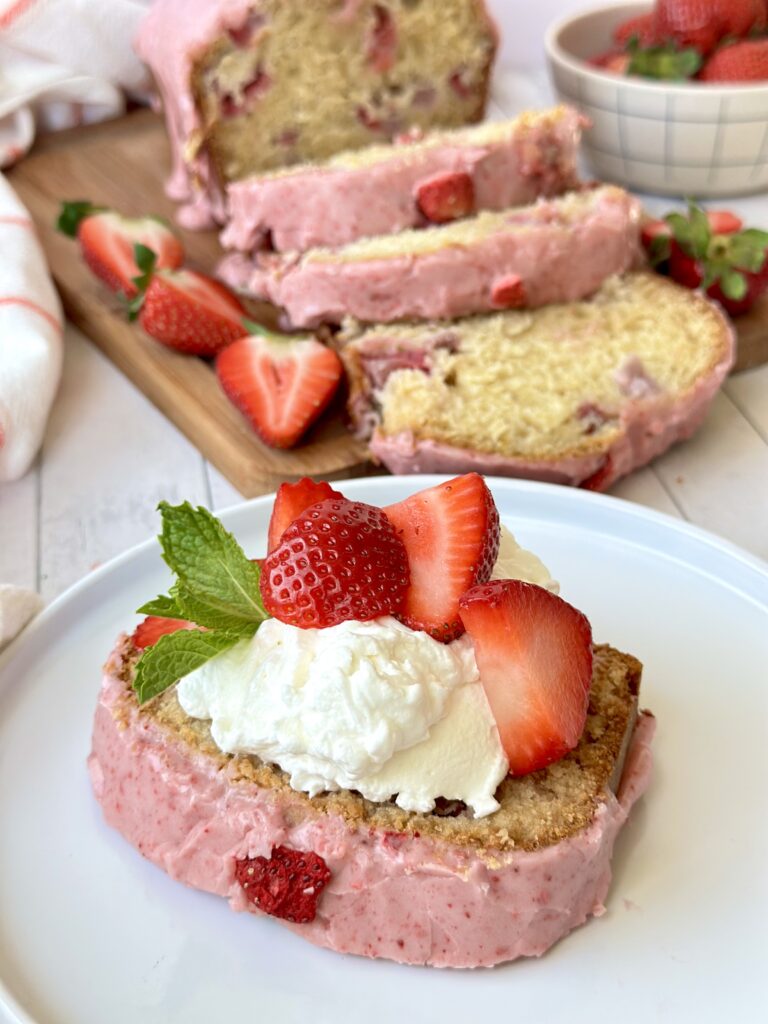
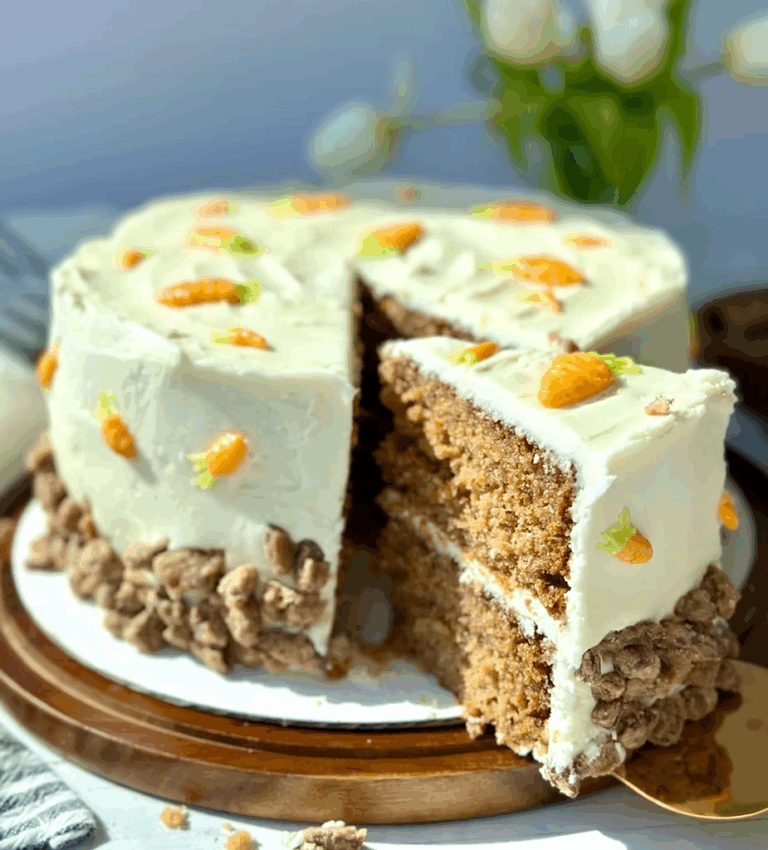
Hi Joselyn,
Love your recipe just wish I can print this. Would make it a lot easier to follow.
Thank you
Hi, print options will be available next week as my blog is currently under construction!
I baked the cake today and it is probably the softest/fluffiest cake I have ever had! My family and I love it so much. I was worried I had ruined it because my whisk broke mid mix and I ended up using my stand mixer. It also temped at 65° instead of 70 but still worked out fine. I just did my best not to over mix it and it’s perfect!! I did not make the frosting though (bought some), I’m lazy. 😆 Great recipe!
Hi Jamie!
Thank you for sharing your success! Your cake is lovely! So glad this was a success for you!
Such a perfect recipe. Absolutely delish!!!
I’m so glad you enjoyed this recipe!
Thank you so much for putting the amount of each ingredient in the instructions as well. There is nothing more annoying than having to go back and forth between ingredients list and method. I wish more people would do this.
I haven’t made this yet but it is dure to be soon.
Hi Sharon!
I’m so glad you found the directions clear! Happy baking!
Hi!! I am super excited to try this chocolate cake. Do you have a recommended number of hours the cake should stay in the fridge for “overnight?” I am trying to make this during the work week and could let it sit in the fridge during the day while I am at work… which means it would be in the fridge for 8-9 hours… is that long enough? Too long?
Hi Stacy! You can let this batter rest at room temperature for 4 hours (not longer or it’ll over proof), or refrigerate for 6 hours plus. I would just make sure the batter comes to room temp or you make have a dense crumb.
Perfect! Thanks!! I think having it sit in the fridge while I am work all day would be best for my situation and I can have my husband take it out after 7 hours….
Thanks so much!!
If anyone has tried this at higher altitude (like Denver), do you have any adjustments for this recipe?
Hi Kim!
I haven’t made this cake at higher altitude, but I would recommend adding 2 Tablespoons more flour and reducing the baking powder and baking soda by 1/8 teaspoon. Try baking the cake at 375 F rather than 350 F. I have had people make these changes with success on other recipes!
It’s probably just me, I confuse easily, but avocado oil is in the recipe twice. 1/2 cup (reserve 1/4) and then a little further down it says 3/4 cup avocado oil. So is it a total of 1 cup plus the 1/4 cup?
Hi Pam,
I updated the notes but you’ll be adding 1/2 cup of oil to the fermented base and reserving the 1/4 cup of oil for the egg/butter/oil emulsion. It was in the notes but I’ve added the amounts to the recipe card. Thanks for the question!
Hi Jocelyn
I’m eager to try this recipe, it sounds delicious! I have a question though…would it be ok to use pastry or cake flour in this recipe instead of all purpose? Thanks for your help.
Hi Ramona- Yes! This recipe would work just fine with that type of flour.
This cake came out so tender! Loved that the cake and the frosting weren’t too sweet. Would definitely recommend following the recipe exactly as is!
Hi Marinelle, I’m thrilled you loved this recipe, thanks for the comment!
This cake recipe is a slice of heaven on earth 🤩 Made it for my husband’s birthday celebration and my whole family couldn’t stop raving over it. This recipe is perfection 👌 The BEST Sourdough Chocolate cake recipe. It’s a must make 🥰 Thank you for sharing your amazing recipe. Loved everything from the cake to the chocolate buttercream frosting.
Hi Liz, I’m so happy this cake was delicious and the frosting! Thank you for your kind review 🙂